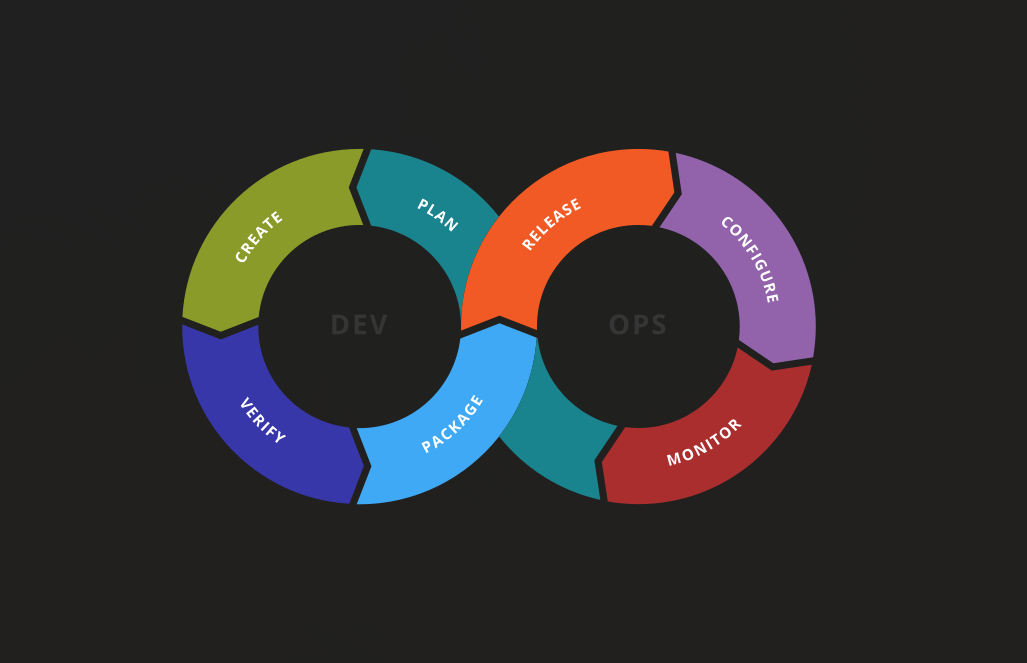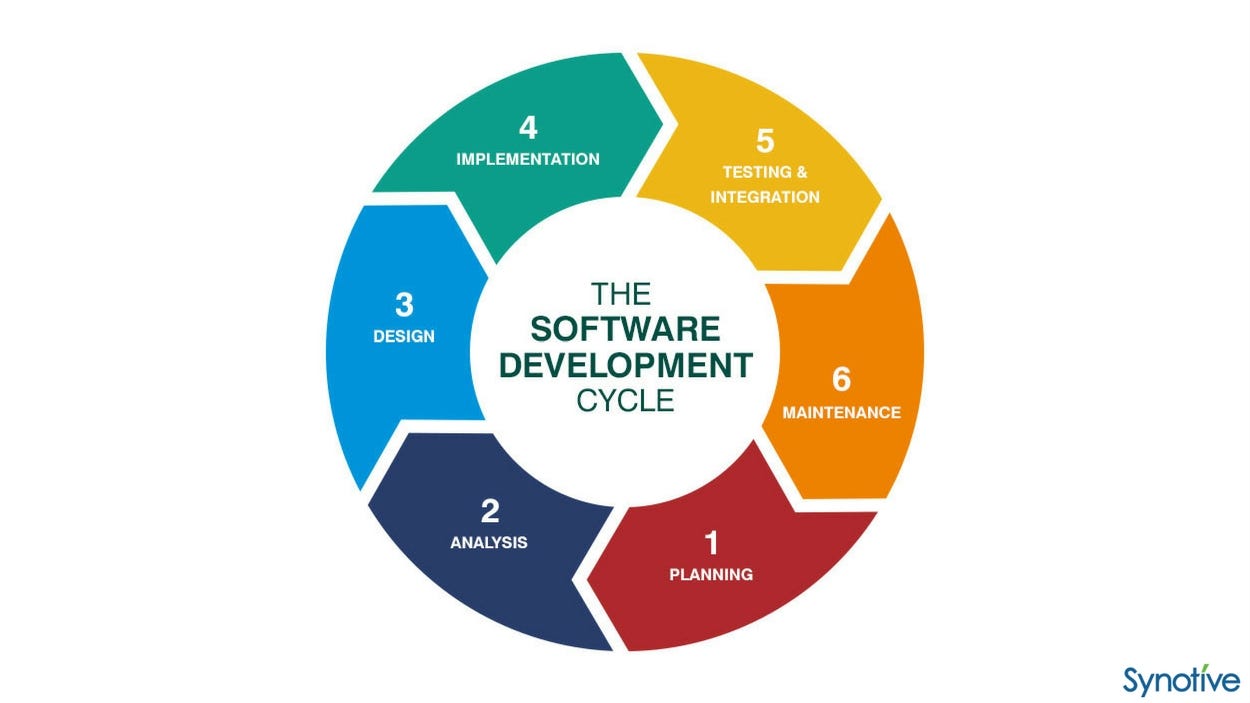What is DevOps?
 Kavya Bhalodia
Kavya Bhalodia
You may already be familiar with the term DevOps, which is a combination of two words: "developer" and "operations." However, as a student, I was always confused about the true meaning and context of these two terms.
To understand what DevOps is, we need to first grasp the concept of the Software Development Cycle. The Software Development Cycle refers to the methodology that software undergoes to become the final product. The main phases of the software development life cycle include:
Planning: Creating a rough roadmap to reduce complications during development.
Analysis: Analyzing the software requirements.
Design: Creating the software design based on the analysis.
Implementation: Translating the design into actual code.
Testing and integration: Testing the software using appropriate use cases and integrating it with the intended platform.
Deployment: Making the software available for use by clients, stakeholders, or users.
Maintenance: Ensuring the software remains reliable for customers and addressing any issues that arise.

These are the phases that software goes through during its development. Various predefined methodologies, such as the Spiral model, Agile model, waterfall model, and incremental model, aid in software development.
Let's briefly discuss the Agile model. The term "Agile" signifies adaptability, and in the context of software development, it refers to the ability to adapt to changing client requirements. The agile methodology emphasizes building the software in short, iterative cycles or sprints. It is also referred to as the "build short, build often" method because the software is built in parts and delivered incrementally. It involves planning, analyzing, designing, implementing, and testing the software, while also considering feedback from stakeholders. This iterative process allows for flexibility and ensures that the product isn't built all at once.
While development encompasses planning, analysis, implementation, testing, and quality assurance, operations involve deployment, maintenance, and monitoring. To successfully build software, synchronization between the development and operations teams is crucial. For example, a developer may design a code, but it might not be runnable by the operations team. The synchronization problem is addressed by DevOps, which bridges the gap by introducing automation. By keeping both teams updated on the software's progress, DevOps enhances collaboration and efficiency.

Extending the Agile methodology beyond development and incorporating it into operations gives rise to DevOps. The phases of DevOps include:
Continuous development: Continuously developing the software, which involves version control and maintaining different code versions.
Continuous integration: Appending new features or functionality to the existing codebase, ensuring seamless integration between old and new developments.
Continuous testing: Testing the developed code to ensure it meets the required specifications.
Continuous deployment: Continuously deploying the code and incrementally delivering it for deployment.
Continuous monitoring: Monitoring the deployed software to promptly identify and resolve any failures.
By embracing DevOps, organizations foster a culture of collaboration, automation, and continuous improvement, ultimately leading to efficient software development and operations.
Subscribe to my newsletter
Read articles from Kavya Bhalodia directly inside your inbox. Subscribe to the newsletter, and don't miss out.
Written by
